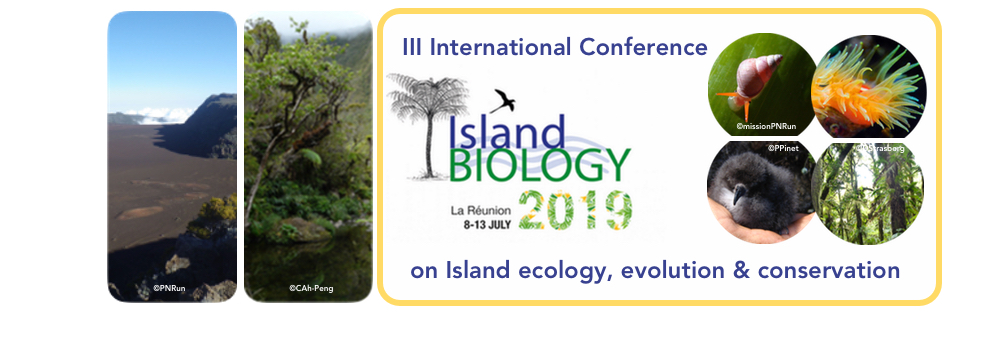Data acquisition and monitoring of marine species and their environment is a major challenge in ecology and conservation. Marine scientific instruments (beacons, tags, buoys) are generally very expensive tools that do not allow large scale and numerous monitoring. Various research projects are being carried out to provide connected instruments at a reduced cost. For this purpose, free electronics and transmission methods using the Internet of Things technology have been developed to provide open access data. For the moment, we have been able to develop tags to track the movements of marine turtles in a network of ground stations and buoys recording physical information (temperature, wave height). Tags cost less than 100 € and buoys cost about 300 €, which is almost 10 times less expensive than commercial instruments. The instruments are developed so they are resistant to extreme conditions of tropical remote islands, autonomous in energy, and being able to transfer data remotely without a cell or internet network around. These initial results show the possibility of establishing a large-scale network for monitoring environmental conditions and marine animals at reasonable costs. The codes and hardware being free, this allows everyone to add or customize the specifications of the objects according to the scientific questions asked.

|
|
|
|
An open network to monitor marine environment and species
1 : IFREMER Délégation de l'Océan Indien
(IFREMER DOI)
rue Jean Bertho - BP60 97420 LE PORT -
Réunion
2 : Laboratoire dÍnformatique de Robotique et de Microélectronique de Montpellier
(LIRMM)
Université de Montpellier : UMR5506, Centre National de la Recherche Scientifique : UMR5506
161 rue Ada - 34095 Montpellier -
France
3 : MARine Biodiversity Exploitation and Conservation
(UMR MARBEC)
Institut français de Recherche pour l'Exploitation de la Mer : UMR9190
Centre de Sète UMR MARBEC SETE - Avenue Jean Monnet - CS3017134203 SETE CEDEX -
France
4 : Company for Open Ocean Observations and Logging
(COOOL SAS)
61 rue Haute - 97436 Saint Leu -
Réunion
|
| Online user: 36 | RSS Feed |

|
 PDF version
PDF version